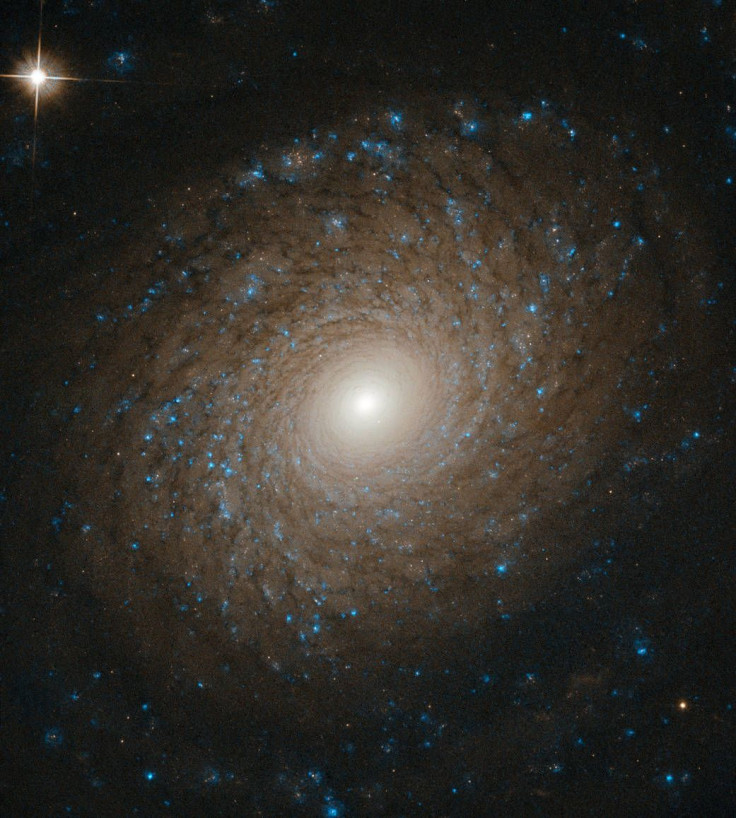NASA Hubble Snaps Stunning Spiral Galaxy 70 Million Light-Years Away

NASA and the European Space Agency’s Hubble Space Telescope was able to capture a stunning and detailed photo of a spiral galaxy located 70 million light-years from the Solar System. The clarity in the image shows the distinct spiral shape of the galaxy.
The galaxy that the Hubble was able to photograph is called NGC 2985. Similar to most spiral galaxies such as the Milky Way, NGC 2985 is characterized by its distinct shape. In the photo, the galaxy’s arms can be clearly seen as it swirls outward from its center, which is occupied by a supermassive black hole.
“The intricate, near-perfect symmetry on display here reveals the incredible complexity of NGC 2985,” the ESA said in a statement.
“Multiple tightly wound spiral arms widen as they whirl outward from the galaxy’s bright core, slowly fading and dissipating until these majestic structures disappear into the emptiness of intergalactic space, bringing a beautiful end to their starry splendor,” the agency added.
According to the ESA, NGC 2985 sits within the Great Bear or the Ursa Major constellation, which is visible from the northern hemisphere throughout the year.
Images captured by Hubble are usually in black and white, but for NGC 2985, NASA added colors to its photo to highlight its various features such as the location of chemical elements within the galaxy.
The photo of NGC 2985 is the latest stunning image captured by ESA and NASA’s space telescope. Earlier this month, Hubble was able to photograph another beautiful galaxy known as NGC 1156. Due to the rich cosmic activity within the galaxy, it resembled a blooming cherry blossom tree during springtime.
ESA and NASA explained NGC 1156 is home to various stellar nurseries, or regions where new stars are beginning to thrive in. The galaxy also has pockets of hydrogen gas, which glow with pinkish hues due to the light from the new stars.
Unlike NGC 2985, NGC 1156 does not have a round or spiral shape. It is also smaller compared to the other known galaxies. These characteristics led the space agencies to classify it as a dwarf irregular galaxy.
© Copyright IBTimes 2024. All rights reserved.





















